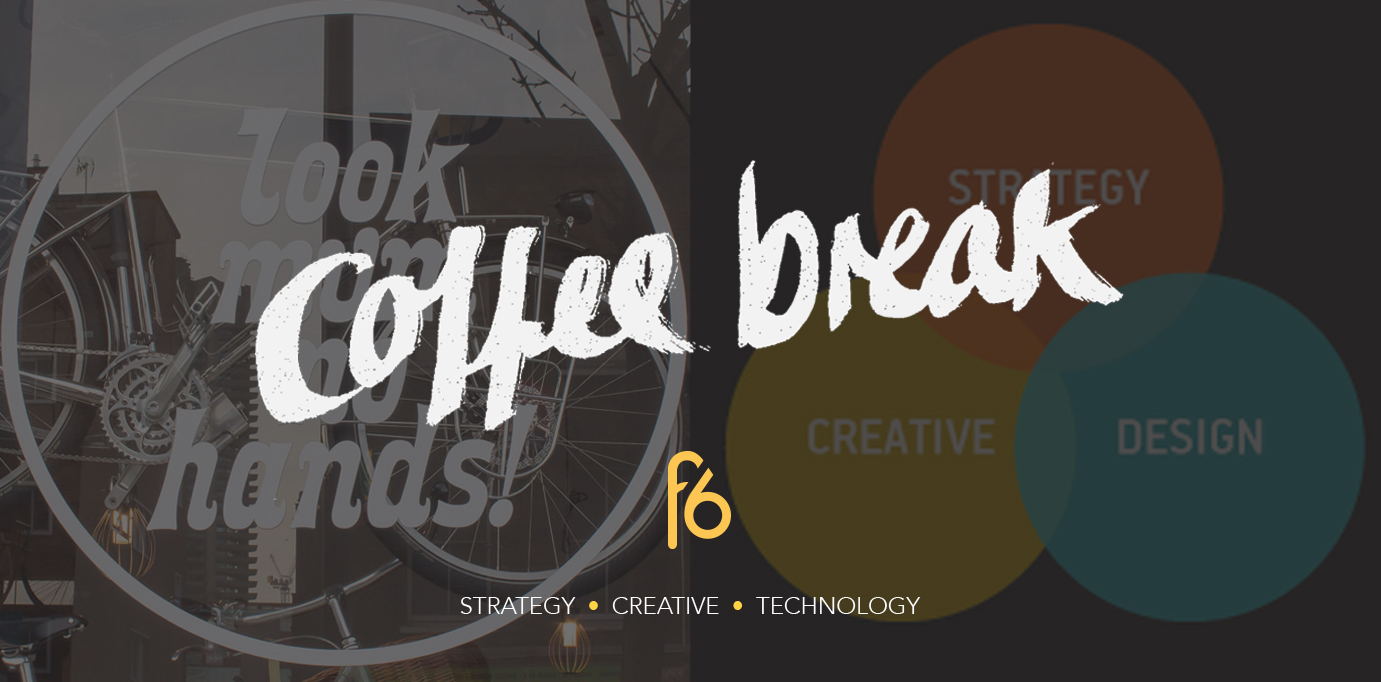Happy Friday! This week’s coffee break covers why creative thinking strategies are as important, and the significance in choosing the right name.
Candice, Managing Director
Finding the sweet spot in strategy and creative thinking!
Businesses looking to grow, often find themselves caught between a strategic approach (that encompasses both traditional and contemporary marketing channels) as well as a creative thinking approach.
While strategies call for rigorous analysis and critical thinking, creative thinking embraces a practical thought approach.
Strategic Approach:
Once a project objectives are clearly identified, a detailed strategy is put in place to realise these goals and take your business forward in a measured and carefully planned way.
To deliver a successful outcome, the following needs to be taken into account:
- Insights – Gathering insights into your target audience. Think about getting existing customer feedback on their priorities.
- Analyse – Analyse and prioritise external threats and internal weaknesses. What about engaging with your team to give you their thoughts as well as your customers?
- Define – Define the criteria for the brainstorm session. This could be planning or just a little preparation.
Creative Thinking Approach:
In many ways creative thinking leads you towards making, repeating and learning which help unlocks innovation. This approach allows for doing things that you haven’t done before and forces you to think out the box. In the brainstorming session, divide it into these four core areas:
- Fluency – Think of many ideas. What about doing a quick fire round of ideas where you have 5 seconds to think of one.
- Flexibility – Think of varied ideas. Similar to the idea of fluency but perhaps work within predefined genres.
- Originality – Think of unusual ideas. Challenge your team and yourself to push the boundaries.
- Elaboration – Add to the ideas to make them better. Give extra time to achieve this core area as it needs stimulation.
We are all creative in our daily lives, as we are constantly changing the ideas which we hold about the world around us. Creativity is not only about developing something new, but also the way that we experience the things around us.
Creativity can be used to make products, processes and services better. Build a strategy that guarantees innovation and creativity to flourish in your business by merging these approaches and finding the sweet spot with both strategic and creative thinking.
Sian, Creative Strategist
When Juliet said “What’s in a name? That which we call a rose, by any other name would smell as sweet”, she was clearly never meant to work in branding.
A name is the first port of expression for any brand. Everything down the line in the brand building process will stem from this name. Make a poor choice, and you’ll almost certainly make a false start. Make a well thought out, reasoned choice with great significance, and your name will work hard for you. Here’s a few things to remember when naming your brand:
Let it help you tell a story
There’s a lot of ways to go about naming your brand, but a principle that underlies them all is meaning. Any name should be underpinned by a concept that will add to or introduce your brand story. Make it a conversation starter that leads seamlessly into what your brand stands for.
Take this one step further and make it a tangible part of your brand story by evolving your name according to where you’re at in your brand story. Period Equity is planning to change it’s name to Equity Period when it reaches it’s goal, and of course F6 changed its name from White Design Agency when shifting over to a more digital way of thinking.
Make it migratable
EasyJet. EasyCar. EasyGym. EasyPizza.
Is it great to say?
A brand name is vocal. How it audibly sounds is important, but just as important is whether it rolls off the tongue or makes use of those great sounds in words we really like to say. Ask yourself and others whether they like saying your brand name. If it’s great to say with some great sounds, like Schweppes, or Ikea, chances are I’ll say it a lot, and remember it.
Some of the best brand names are even host to contention about how you say them. Nike as in spike, or Nike as in spikey, there is no greater debate. (The answer is Nike as in spikey for those still wondering)
Is it great to look at?
Typography is all about maths and geography. Each letter is made from a series of visual flicks, lines, and flourishes, each with it’s own specific name. From counters and ears, to ascenders and bowls, the way a word looks visually is the sum of all these elements. Some letters look visually better together than others, more balanced, more flamboyant, more utilitarian, more loopy. Some even look like the thing they represent, like bed.
When everyone else is called Zig, call yourself Zag
This one is simple–use your name as a chance to completely differentiate your brand from your competitors.
Size doesn’t matter
If you have a great name, that’s evocative, vocal and visual, then it doesn’t matter how short or long it is. Look Mum No Hands is one of my favourite brand names. The name checks all the boxes, and despite it’s length, is so good it’s a London landmark.



